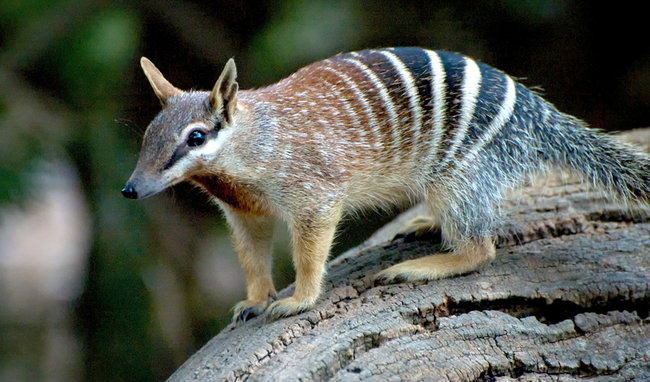I have previously posted about one of Australia's rarest Native animals, The Numbat

Two months ago I booked a cottage at Perup for 1 week in September with the hopes of photographing the endangered Numbats.
News today
Prescribed burn devastates one of WA's last two endangered numbat habitats.
Conservationists are up in arms after a prescribed burn in the South West decimated one of only two numbat habitats left in Western Australia.
The burn – lit by the Department of Biodiversity, Conservation and Attractions in Perup, east of Manjimup, on March 25 – scorched nearly 1,900 hectares of forest.
A helicopter dropped incendiaries into the forest for two hours.
Within two hours this whole bush was ablaze.
I am seriously considering starting a petition to bring action against the Department of Biodiversity, Conservation and Attractions for knowingly destroying the habitat of an endangered, protected species.
I am livid that this has been allowed to happen. As we know, Government Departments do as they will and deal with the consequences after
61-69, M



